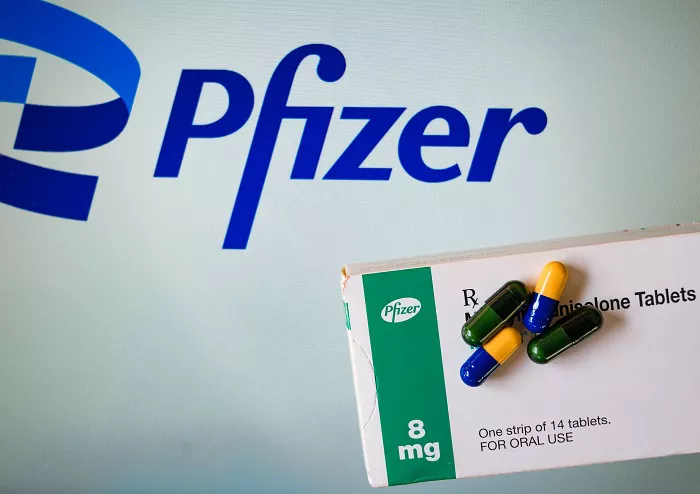In the global fight against infectious diseases, the overlapping crises of drug addiction and HIV continue to present urgent public health challenges. Yet, from Portugal’s bold policy reforms to Australia’s national prevention strategies, integrated and stigma-free approaches have shown that it is possible to disrupt the vicious cycle and save lives.
A Dangerous Intersection of Epidemics
Drug addiction is a growing global health emergency, often intertwined with the spread of HIV. Despite decades of prevention and treatment efforts, structural and societal barriers—such as stigma, discrimination, and underfunded health services—have impeded progress. Addressing this complex crisis requires coordinated research, cross-sector collaboration, and innovative public health strategies.
Addiction is defined as a chronic, relapsing disorder characterized by compulsive substance use or behaviors despite harmful consequences. Globally, more than 35 million people suffer from substance use disorders, while 39 million live with HIV, according to the World Health Organization (WHO).
Injection drug use is one of the primary drivers of new HIV infections in many regions, particularly in communities affected by systemic inequalities. Shared needles and other drug paraphernalia facilitate the rapid transmission of HIV. According to the UN Office on Drugs and Crime (UNODC), people who inject drugs are 22 times more likely to contract HIV than the general population. Factors like poverty, incarceration, and healthcare inaccessibility only exacerbate these vulnerabilities.
Core Strategies to Prevent Addiction
Harm reduction lies at the heart of modern addiction prevention. Needle and syringe exchange programs (NSPs) help reduce HIV transmission by providing access to sterile equipment. Supervised injection sites offer safer environments for drug use under medical oversight, preventing overdoses and the spread of infections.
Medication-assisted treatment (MAT)—including drugs like methadone, buprenorphine, and naltrexone—has proven effective in treating opioid dependency. These programs are often paired with counseling, peer support, and behavioral therapies. Policy shifts away from criminalization and toward public health approaches are also key to reducing the harms of addiction.
HIV Prevention Tailored for Drug-Using Populations
Public health agencies have increasingly adopted HIV prevention strategies designed specifically for individuals with substance use disorders. Pre-exposure prophylaxis (PrEP)—a daily medication that significantly reduces the risk of HIV—has become a cornerstone of such efforts.
Complementary measures include widespread condom distribution, routine HIV testing, early treatment access, and the integration of addiction treatment with HIV prevention. Combining these services into a single delivery model increases reach and effectiveness, particularly among marginalized populations.
Global Examples of Integrated Success
Portugal’s decision to decriminalize drug use in 2001 and expand harm reduction programs has led to a dramatic decrease in new HIV infections among people who inject drugs—down more than 98% between 2000 and 2021. Concurrently, rates of addiction-related illness and death also declined.
Australia’s national strategy, launched in the 1980s, has similarly curbed HIV transmission. Experts estimate that over 25,000 HIV cases have been prevented due to consistent investment in harm reduction and public health outreach.
International cooperation has also been pivotal. Between 2002 and 2023, the Joint United Nations Programme on HIV/AIDS (UNAIDS) and the Global Fund distributed more than 9 billion condoms and 5 billion sterile needles worldwide, reducing transmission risks in vulnerable communities.
Digital tools such as wearable devices, mobile apps, and telehealth platforms are playing a growing role. A recent WHO pilot study showed that virtual outreach led to a 28% increase in HIV testing rates among people who use drugs.
Barriers to Progress Remain
Despite promising results, several obstacles continue to hamper global efforts. Stigma and discrimination against drug users and people living with HIV remain widespread, deterring individuals from seeking treatment and support. In some regions, drug use is still criminalized, forcing people into hiding rather than encouraging them to access health services.
Funding shortages are another major issue, particularly in low-resource countries. Even where policies exist, implementation may be limited by political resistance or cultural opposition to harm reduction methods.
Overcoming these challenges requires a fundamental shift in perspective—from viewing addiction and HIV as criminal matters to recognizing them as interlinked public health issues. Countries like Portugal and Australia provide compelling models for how de-stigmatization can lead to better health outcomes and increased community support.
The Power of Integrated, Multisectoral Solutions
Evidence strongly supports a holistic approach that combines addiction care and HIV prevention. Future public health efforts must prioritize collaboration between healthcare systems, social services, law enforcement, and community organizations to address the complex needs of at-risk individuals.
Providing stable housing, mental health services, and employment support can reduce substance use while simultaneously lowering HIV risk. Multisectoral partnerships not only enhance the reach of these services but also ensure their sustainability.
Scientific research can further strengthen these efforts. For instance, combining clinical trials with genome-wide association studies (GWAS) may help identify genetic markers for disease susceptibility, leading to more personalized treatment protocols and better health outcomes.
Innovations and the Road Ahead
While addiction and HIV rates remain high globally, emerging innovations offer hope for reversing these trends. On a local level, long-acting injectable PrEP, new antiretroviral therapies, and HIV vaccine research are improving treatment adherence and health results.
Scaling harm reduction programs into newly affected areas is a top priority. Data-driven interventions—based on real-time monitoring and predictive analytics—can help allocate resources more efficiently and respond more rapidly to emerging outbreaks.
Conclusion
The examples of Portugal and Australia demonstrate the power of inclusive, community-based approaches to addiction and HIV. These successes underscore the value of policies that reduce stigma, prioritize health over punishment, and embrace evidence-based strategies.
Continued global investment, political will, and innovation are essential to reducing new infections and improving quality of life for millions. By working together—governments, healthcare providers, communities, and individuals—we can break the cycle of addiction and HIV, and build a healthier, more equitable future.
Related Topics



































